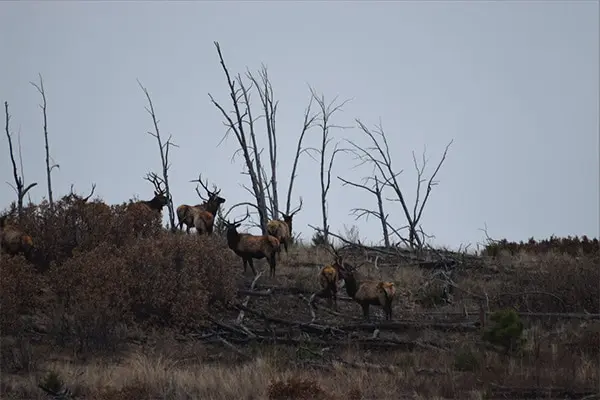
With late seasons happening for bulls, cows, and spikes in most Western States this November and even some in December, there are a ton of hunters still hitting the woods to fill tags. Mostly with the rifle, but many with the muzzle loader and even a few archery hunters.
Keep in mind that most of our tips are region specific. For example, for those of you that live in Coastal Oregon or areas of Arizona, conditions there may call for different thoughts and tactics. For example, in Coastal Oregon where they get plenty of rain and no snow, they don’t deal with migrations or bulls having to feed like crazy on snow covered hills or valleys. For them, as elk return to more patterned habits and movements, gamecams could be a great tool this time of year to locate where and when elk are moving and feeding. Areas on the coast that have a break in that incredibly thick canopy will still be key for late season rifle hunters. Both in locating and shooting visibility.
For the Western Mountain States, your strategies can vary according to moisture and climate conditions. Generally in November and December, many of the Mountain States would be dealing with different levels of snow. However, this has been an incredibly dry and warm year for many areas across the west.
For those dry areas still without snow, those hunters need to think water and as always, feed. Just because there isn’t any snow now, doesn’t mean the elk aren’t preparing for a winter. The bulls are still in recovery mode from the rut and cows still need to feed hard to deliver a healthy calf.
The difference now, if your area is still extremely dry, is that water is KEY. So many water sources of last year are dried up and the elk become more concentrated.
Another advantage for late season hunters is that elk are now easier to pattern. Coming and going from their favorite feed and water. Often coming out from their bedding areas very close to where they went in. That is, if not bumped around by other hunters. Always a possibility on public lands
There are still small bulls hanging with the herd in early November. The big bulls are split off, but they too may be beginning to bachelor up with some others. And they will be eating and feeding to prep for winter. They will stay out longer in the morning and come out earlier in the afternoon. Also, they will be easier to spot now that they are in groups instead of trying to locate a solitary animal.
If there is snow on the ground, find tracks. Even if they are old, they will show the areas the elk are moving to and from. Use that info. Glass those areas. Glass southern slopes, wind blown areas that reveal the ground and feed and the thicker grass areas in the valley/drainage bottoms.
If you can, glass with the sun at your back to help make the elk “glow” in the mornings and evenings.
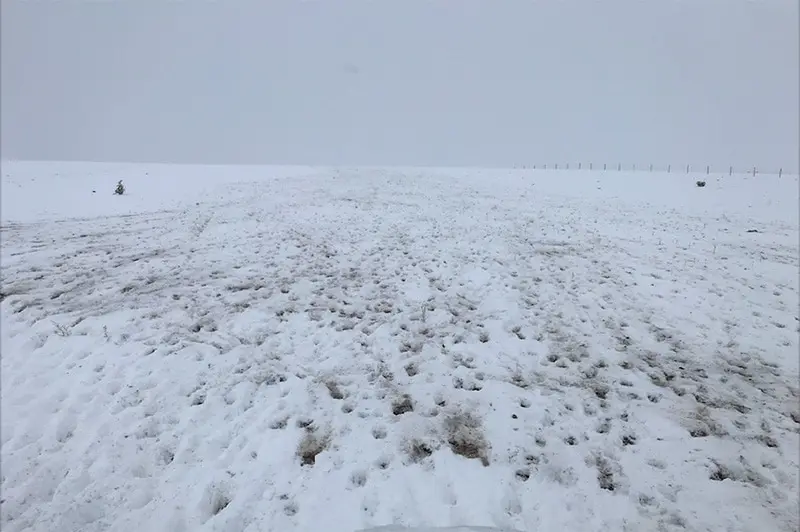
If you find tons of tracks together, that will be a herd and it will mostly be cows with spikes and some small bulls. Tough to move in on, so have the wind right and use the topography to your advantage.
Pay attention to the tracks and learn the difference between the cows and bulls. Absolutely a size difference. If you stick your hand out and look at your fingers extended, a cow track is slightly bigger than our your middle three fingers together.
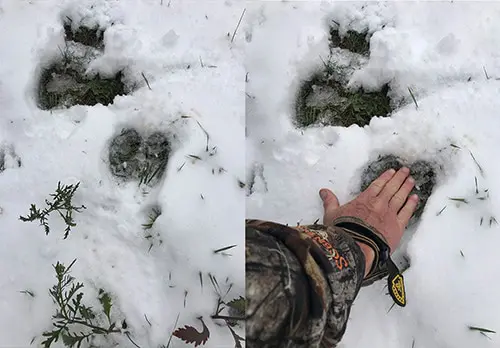
A bull track, you can put all your four extended fingers inside of it. If you are seeing singles of that size or small groups of 4, 5, 8… those are bulls bachelored up.
Whether you are hunting cows, spikes or bulls, use those tracks in the snow and pay attention to where they are feeding. Like mentioned above, they will pattern themselves and not be far from the same area each time unless they get bumped.
Happy Hunting Y’all. Keep believing and achieving!
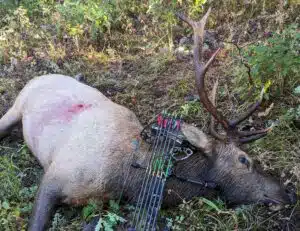
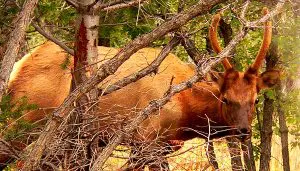

I am new to elk hunting. I will hunt cow elk Nov. 15 thru the 19th. I will also hunt mule deer in the rut during the same time.I am going with a guide and hunting area 3& 4. I have been reading everything I can find about cow elk hunting and mule deer hunting. I have amased 7 or 8 notebooks on hunting late season as well as 3rd rifle season. I hope my guide will be willing to help me to understand the ways of hunting cow elk and mule deer hunting.We will be hunting private land and the success rate is very different on private land. I am really ;looking forward to hunting mule deer in the rut. Also I hope I get to experience some of the migrations.
When elk are herded up and on the move, leave the elk calls at home, or else you will spook elk every time. When rifle hunting, distance is your advantage so use it wisely. Optics and a good rifle are your friends. Don’t follow elk into thick woods. You will have given up your distance advantage and given elk the “cat & mouse” advantage. Catching elk in the open is the ticket. Road hunters enjoy November because you normally find elk hanging down along roads feeding on green grass and heading for the river flowing near the road. Elk travel up and down the sunny side of the mountain for feeding and drinking. “Spot & Stock” these areas and you should get lucky, especially if you are a cow elk hunter. As the grazing gets worse higher up, bulls will follow cows down later in the evening. However, they may wait and join the cows heading uphill in the morning. I’ve found hunting this way a sound investment in time, unless hunting pressure spooks the elk to another area.